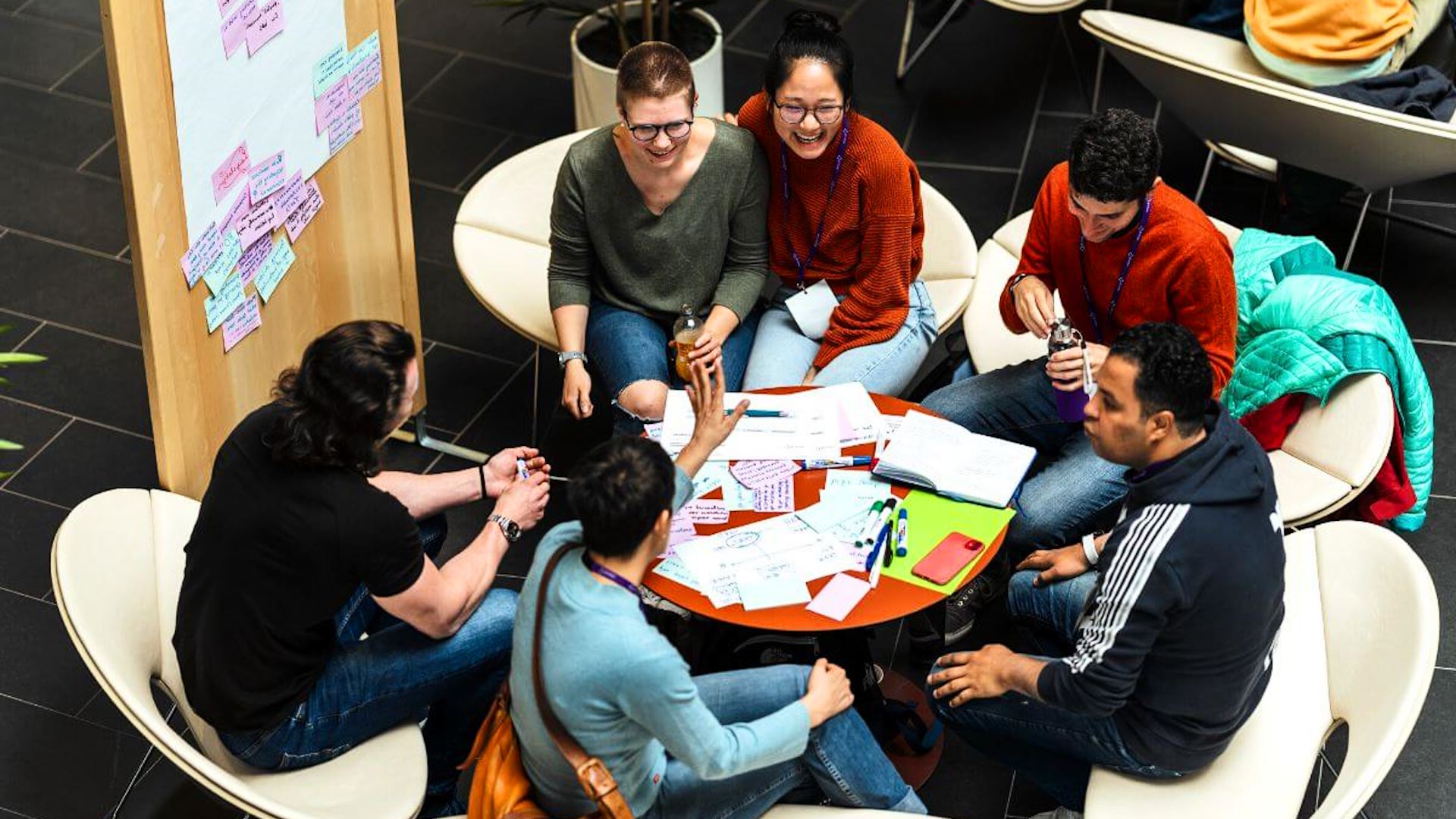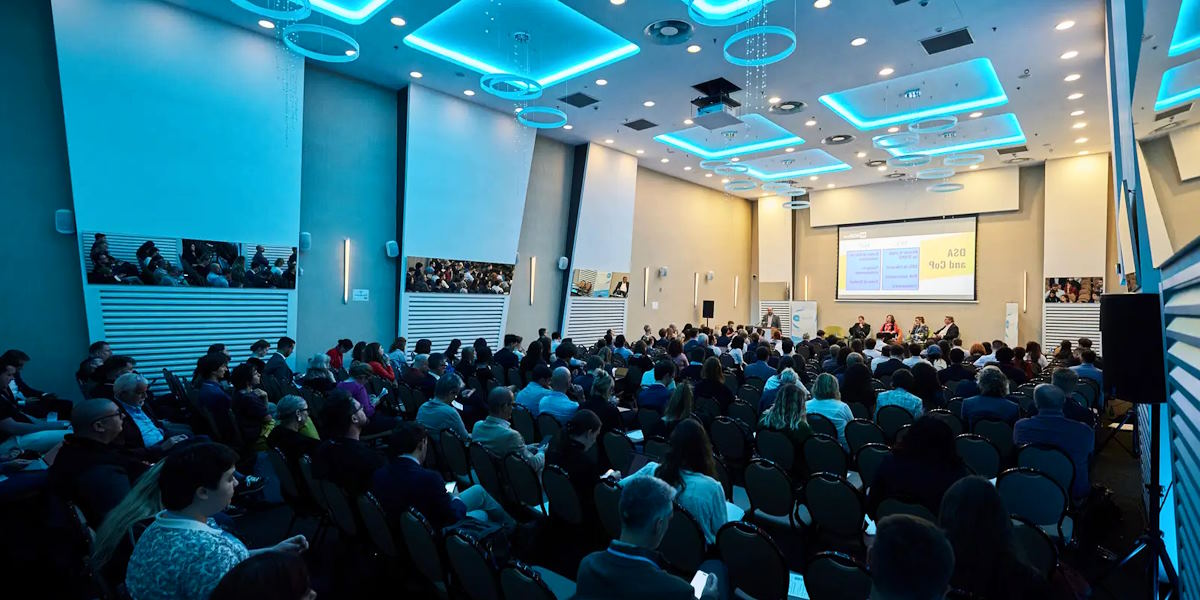
Why Europe Is a Hub for Creative Conferences
Why is Europe the go-to destination for creatives, especially when it comes to conferences? Picture this: walking through the bustling streets of Amsterdam or the artsy districts of Berlin, surrounded by history and innovation. There’s a sense of tradition mixed with forward-thinking energy that gives Europe a unique vibe. Every year, thousands of artists, designers, and visionaries flock here to swap ideas, build networks, and get inspired. Is it just the charm of old-world cities, or is there something deeper? Let’s dig into why Europe has become such a creative powerhouse.
Europe’s Cultural Influence on the Global Creative Landscape
Europe has always had a special place in the history of art, literature, and science. Some of the most influential movements and ideas were born here, shaping the way we think about creativity today. Picture Europe as a giant, colorful mosaic—a blend of styles, perspectives, and traditions that have been evolving for centuries. This deep-rooted cultural heritage forms the backbone of Europe’s creative scene, making it a natural gathering place for people who think outside the box.
- Diverse Influences: European art spans everything from classical styles to avant-garde, giving conference-goers exposure to a wide range of influences and ideas.
- Inspiration in Every Corner: Many creative conferences in Europe are held in iconic locations—think grand theaters in Paris or modernist buildings in Barcelona—where history itself becomes a source of inspiration.
Europe’s rich history and cultural diversity create an environment where innovation can flourish. The continent provides not just a backdrop but a living, breathing inspiration for creative professionals.

Historical Context: The Birthplace of Art Movements and Intellectual Gatherings
Europe’s creative roots run deep, and many of the world’s most groundbreaking art and intellectual movements started here. From the Renaissance in Italy to the Bauhaus in Germany, Europe’s artistic history has always pushed the boundaries of what’s possible.
Famous European Art Movements:
| Movement | Country | Impact |
| Renaissance | Italy | Paved the way for modern art and thought. |
| Impressionism | France | Revolutionized the way light and color are used. |
| Bauhaus | Germany | Merged design with practical application. |
| Surrealism | France & Spain | Explored the subconscious mind. |
These movements didn’t just change art; they shaped how we see the world and interact with it. At creative conferences, attendees experience a similar spirit of experimentation and curiosity, where every participant has a chance to push the envelope and create something new.
A Multicultural and Collaborative Ecosystem
One of the best things about Europe is its sheer diversity. Each country has its own language, culture, and traditions, and yet, they’re all just a short train ride away from one another. This closeness fosters a unique kind of multiculturalism where ideas flow freely across borders.
Europe’s conferences benefit immensely from this blend of cultures. You’ll find artists from Italy collaborating with tech innovators from Sweden, or writers from Ireland mingling with designers from the Netherlands. It’s like a creative melting pot where different perspectives come together, creating a vibrant, collaborative ecosystem that feels distinctly European.
Benefits of Europe’s Multicultural Conference Scene:
- Cross-Pollination of Ideas: Different perspectives lead to more innovative and diverse ideas.
- Language and Cultural Exchange: Attendees get to learn from other cultures and broaden their worldviews.
- Accessible Networking: Being close to so many cultures and industries allows for rich networking opportunities.
